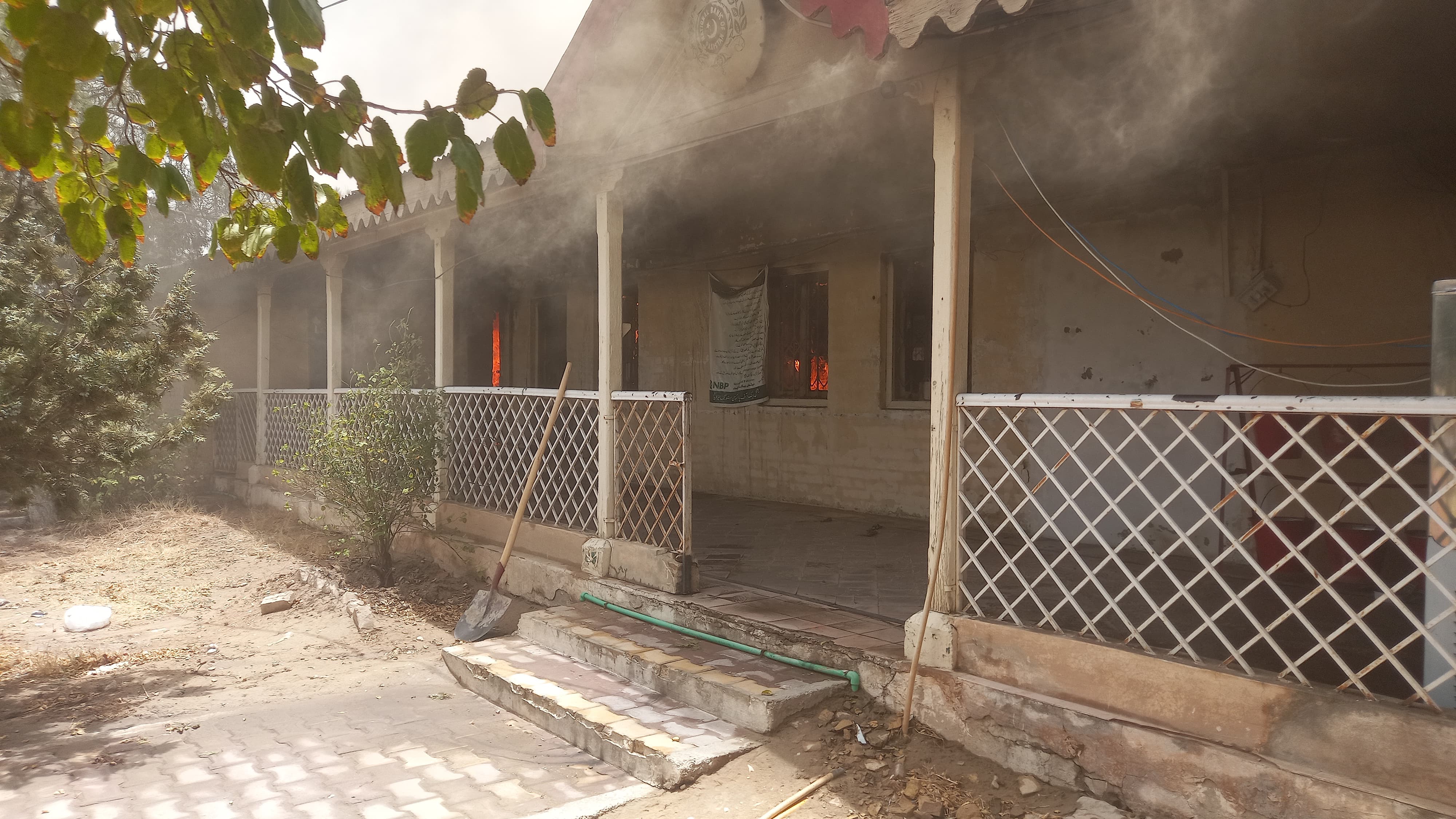RajaRawal111
Prime Minister (20k+ posts)

I was watching a video one of my friends sent me about the Titan accident. The surprising information in it was that the carbon composite material (with which this submarine was made) is not suitable for compressional stresses. This material is proven good for tensile stresses (the pulling stresses). The composite materials are very successful in high-pressure cylinders. The compressed gas in these cylinders exerts internal pressure which tends to pull the material, exerting tensile stress on it. Material scientists have done countless experiments and proven it to be much better than steel and titanium-like metals. This led the industry to start building commercial Airplanes with this material. Boing was the leader and now Airbus is also following them. Every 2nd airplane being made is fabricated with carbon composite material.
The inherent danger in this material is that once it is made the only test is by pressurizing it internally and listening to the Acoustics waves it generates. (This is a non-destructive technique called as "Acoustic Emission"). Unfortunately, there is no other non-destructive technique that works on carbon composite materials. Once an airplane fuselage is made with carbon composite material, there is no way to pressurize it enough so that it generates the Acoustic signatures of the flaws hidden inside the material.
So we might be waiting for an even bigger disaster in the air, because of the lack of proper testing after an aircraft is built. Any inherent unknown crack in the material can catastrophically progress and split an aircraft into two pieces in mid-air.
I hope, after this accident of Titan, the Govts of these developed nations will now start paying some attention and put their foot on the brakes with this material. Until some means of non-conventional testing of this material are developed.
arifkarim Shahid Abassi Sohail Shuja surfer
Last edited:



























